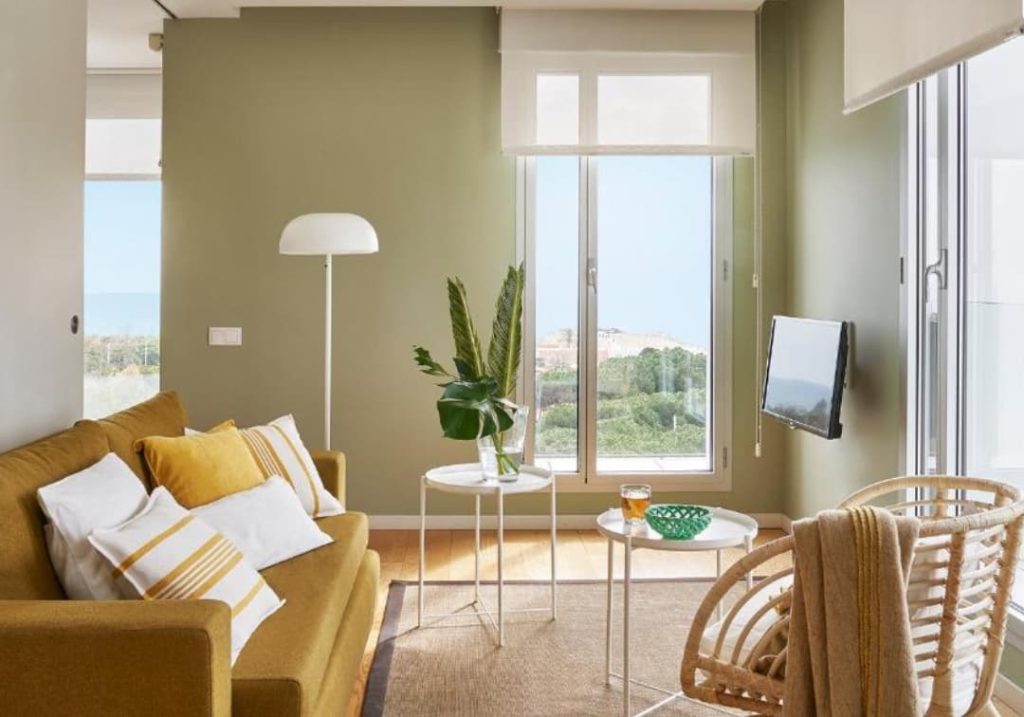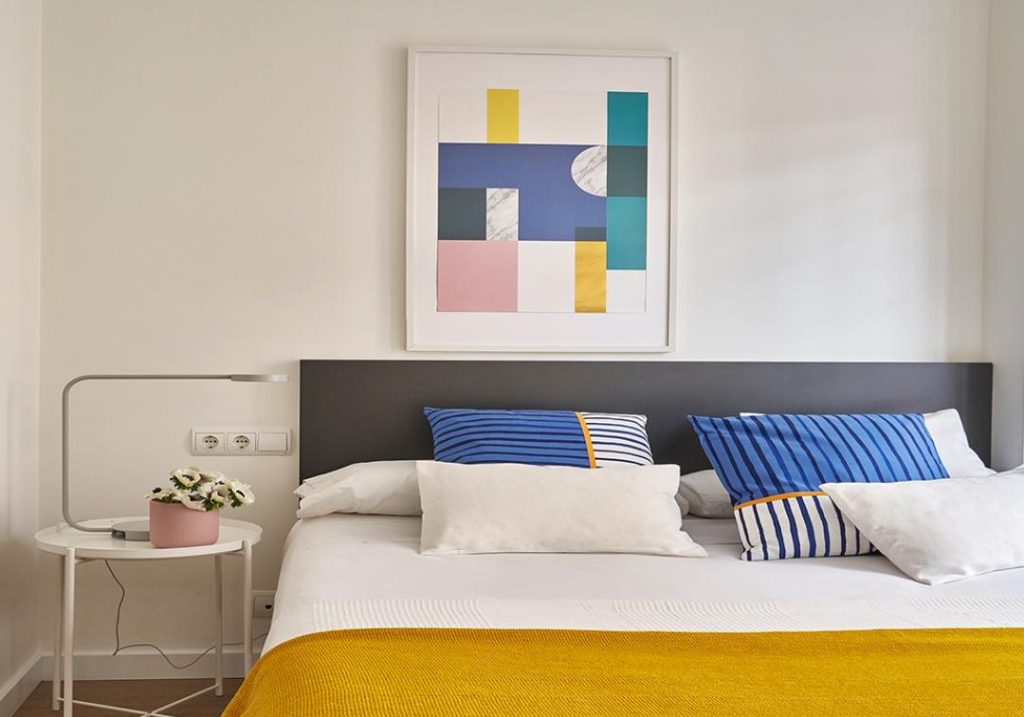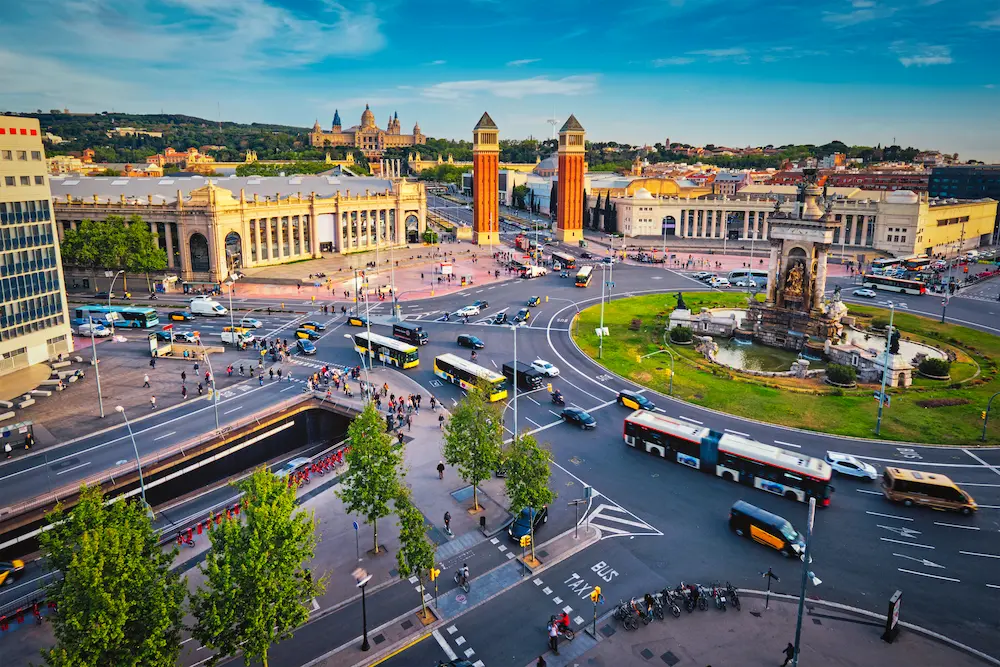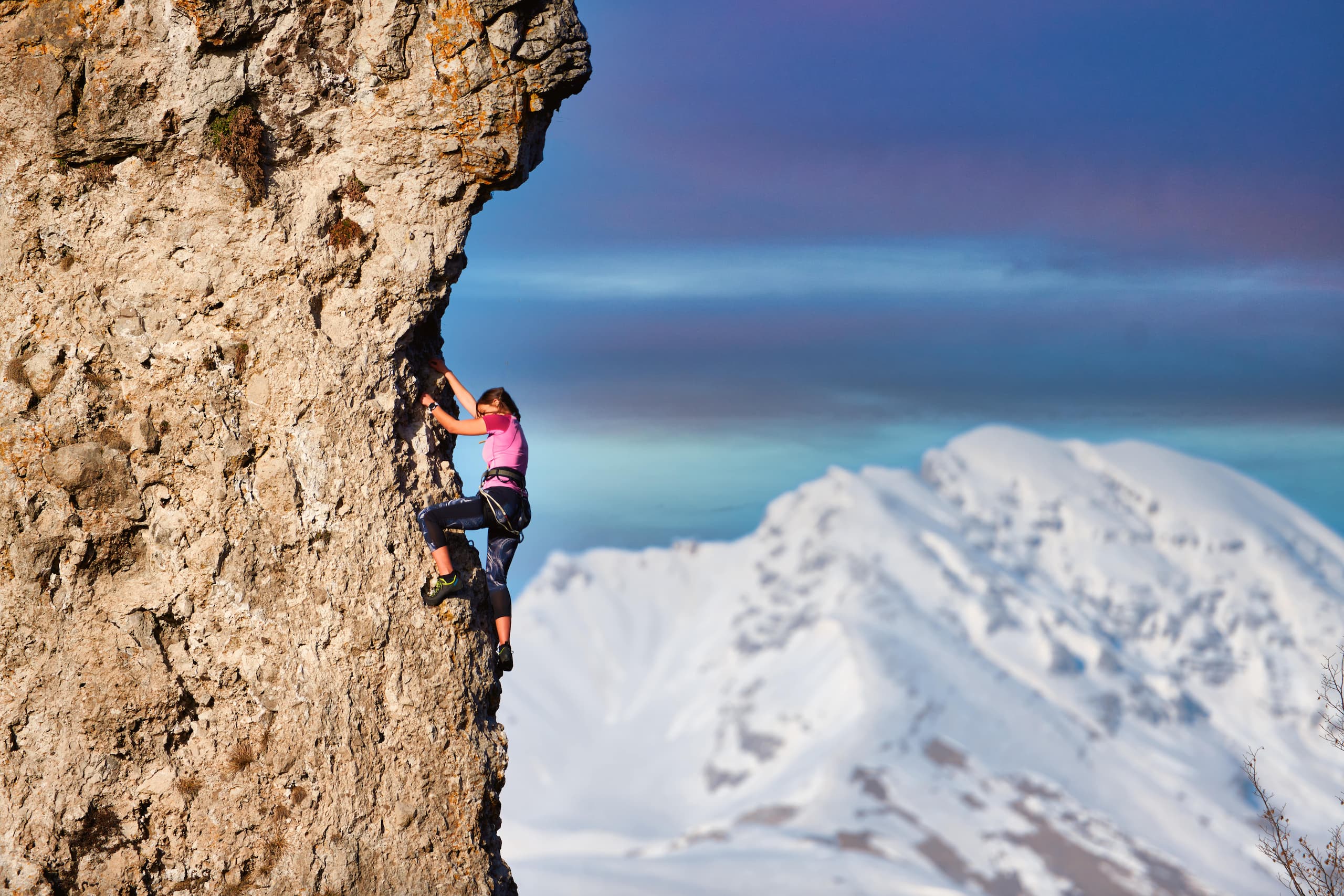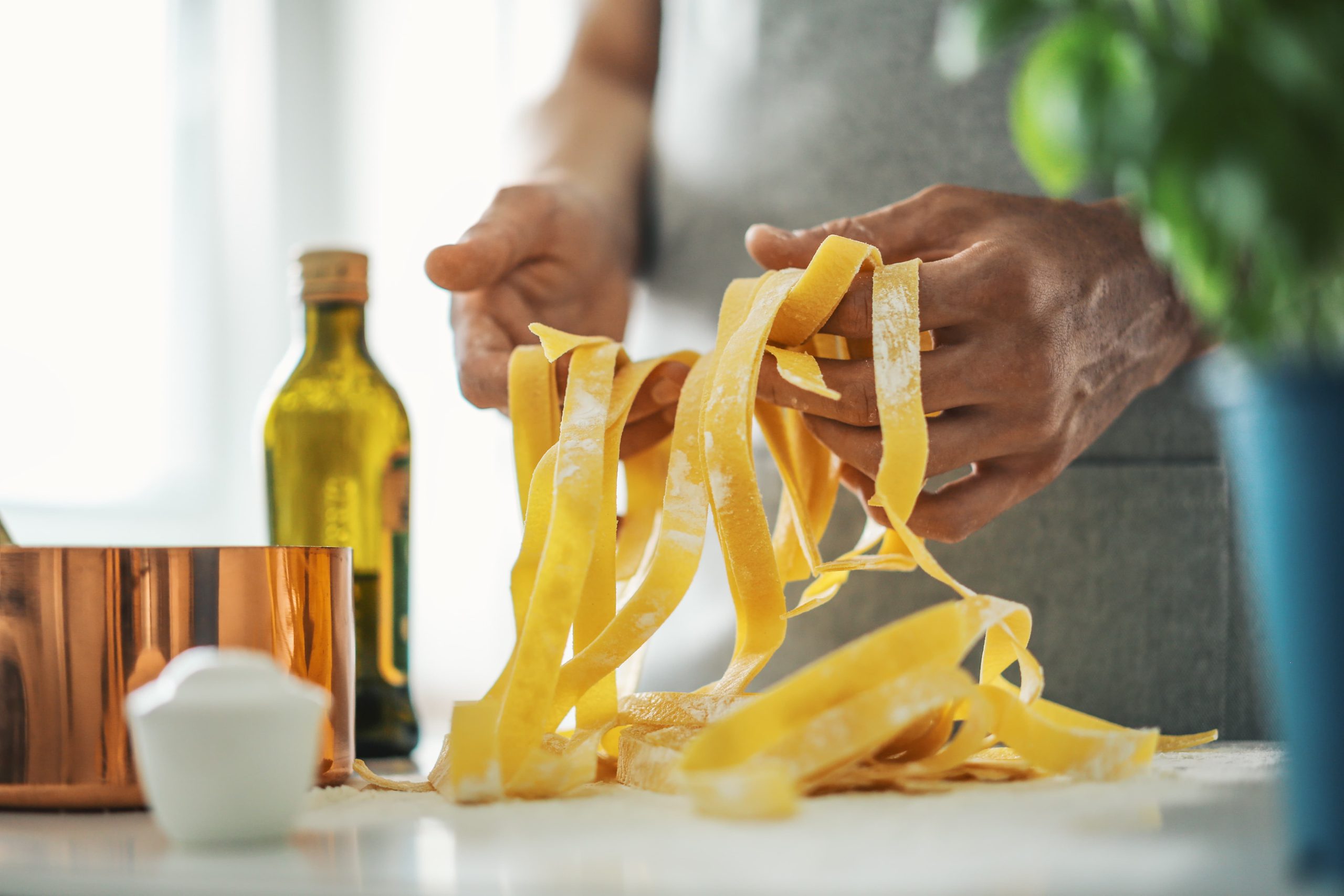En Barcelona tienen lugar multitud de fiestas cristianas y paganas, aunque la ciudad también destaca por las muchas costumbres que forman parte de su tradición popular. Desde aquí vamos a tratar de resumir los eventos más importantes celebrados en la Ciudad Condal durante todo el año y te mostraremos qué hacen sus habitantes para pasarlo bien.
Si quieres conocer cuáles son las principales tradiciones de Barcelona y costumbres, ¡sigue leyendo!
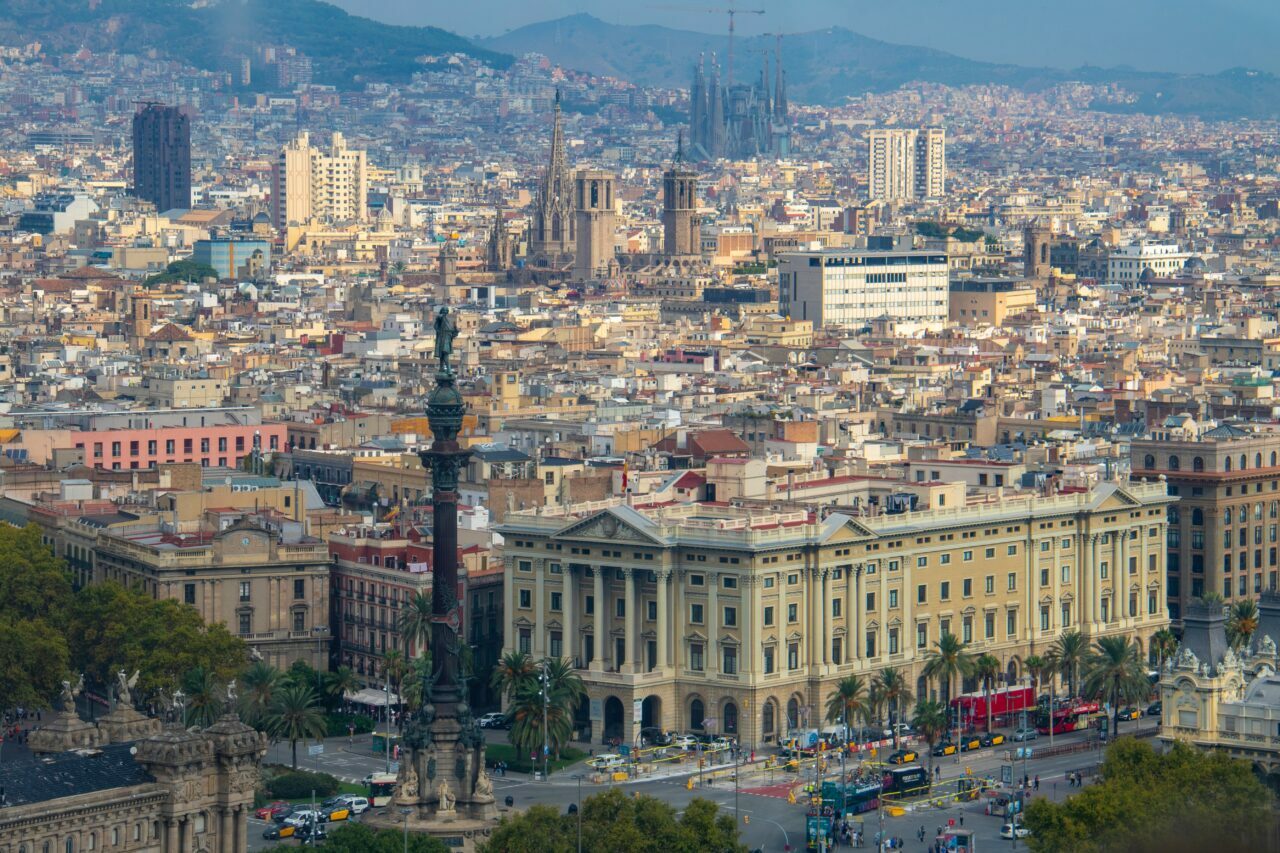
¿Cuáles son las tradiciones de Barcelona?
Barcelona es una ciudad mediterránea en esencia y los barceloneses suelen respetar sus costumbres, que no dejan de disfrutar cada vez que manda la tradición.
Se trata de una ciudad muy cosmopolita, donde también tiene cabida la cultura popular en la que suelen destacar las siguientes actividades:
- Tomar el vermut y el aperitivo. El vermut forma parte de una de sus tradiciones gastronómicas más características. Esta bebida es exquisita por su toque amargo y hace un tiempo que volvió a estar presente a la hora del aperitivo en sus populares bodegas y tabernas, ideal antes de realizar un increíble menú en los mejores restaurantes de cocina catalana de Barcelona.
Tomar el vermut se ha convertido en una especie de rito, que procede del siglo XVIII, aunque por aquel entonces era exclusivo de la alta burguesía catalana. Esta bebida está elaborada a partir de vino blanco al que se añade una serie de hierbas, ajenjo y/o caramelo. Sea como sea, es protagonista de muchos encuentros al mediodía y suele ir acompañado de las tapas más tradicionales.
- La Sardana. Se trata de un baile popular en el que cualquier persona puede participar. Tiene cita en cualquier fiesta mayor que se precie y las personas que lo bailan han de formar círculos y danzar o saltar al ritmo de la melodía, donde no faltan instrumentos populares de la talla de los tamboriles o los flabioles. Los podrás ver en muchas ocasiones bailando en la plaza de la Catedral.
- La Mona de Pascua. Es una tradición de Semana Santa en Barcelona, y Cataluña entera. Tiene forma de pastel o figura de chocolate y forma todo un espectáculo en las pastelerías de la ciudad. Y es que algunas de ellas son tan complejas que parecen obras de arte. Se piensa que proceden de la cultura árabe y que era una especie de pago que los moriscos hacían por el arrendamiento de tierras, en forma de huevos duros o tortas. En la actualidad, para hacer Monas se utilizan varios ingredientes como bizcocho, chocolate, mantequilla, huevos, fruta confitada o incluso plumas.
- Castellers. Son Patrimonio Cultural Inmaterial de la Humanidad y forman parte de la identidad cultural de la ciudad, transmitida de generación en generación, de ahí que no pueden faltar en las Fiestas Mayores. Se trata de torres humanas realizadas a base de fuerza y equilibrio. Estos castillos están compuestos de tres partes diferentes: la base, el tronco y la parte superior hasta donde suben los participantes más jóvenes.
- Feria de Santa Lucía. La primera feria de Santa Lucía de la que se tiene constancia data del siglo XVIII, aunque podría ser incluso anterior. Hablamos de una tradicional feria de Navidad, celebrada cada año sobre el 13 de diciembre junto a la Catedral de Barcelona. En ella podemos encontrar una amplia variedad de objetos decorativos para decorar el Belén (mención especial a la figura del “caganer”, una de las piezas más importantes del Belén catalán), así como árboles de Navidad o instrumentos musicales como zambombas o panderetas. Esta es una de las mejores ferias de Navidad de Barcelona y una de las más conocidas.
- El Tió de Nadal. Es un personaje navideño catalán que los niños alimentan con dulces, chucherías, caramelos o chocolatinas. Consiste en un tronco con una cara sonriente que es tapado con una manta cada noche para que no pase frío hasta que en Nochebuena es golpeado por los niños mientras cantan canciones populares para conseguir los regalos de su interior.
¿Qué fiestas se celebran en Barcelona?
En las fiestas catalanas no suelen faltar tres elementos muy característicos como son la danza, la música y el fuego.
Tampoco suelen faltar los desfiles de cabezudos y gigantes, los espectáculos de fuego, las canciones populares y los fuegos artificiales.
Estas son algunas de las fiestas más significativas de Barcelona que suelen celebrarse cada año:
- Diada Nacional de Cataluña. Tiene lugar cada 11 de septiembre principalmente en el Barrio Gótico y sus escenarios principales son el Palacio del Ayuntamiento y el Palacio de la Generalitat de Cataluña, en la plaza de Sant Jaume.
En este día se conmemora la resistencia de la ciudad durante la Guerra de Sucesión, que mantuvo a su población asediada por las tropas borbónicas durante bastantes meses. Tal resistencia conmocionó a toda Europa al demostrar tanto coraje y valor ante un ejército claramente superior. Durante ese día se realizan torres humanas, en las plazas se bailan canciones populares y se celebran diversos actos públicos. Además, los balcones de las casas están adornados con banderas de Cataluña.
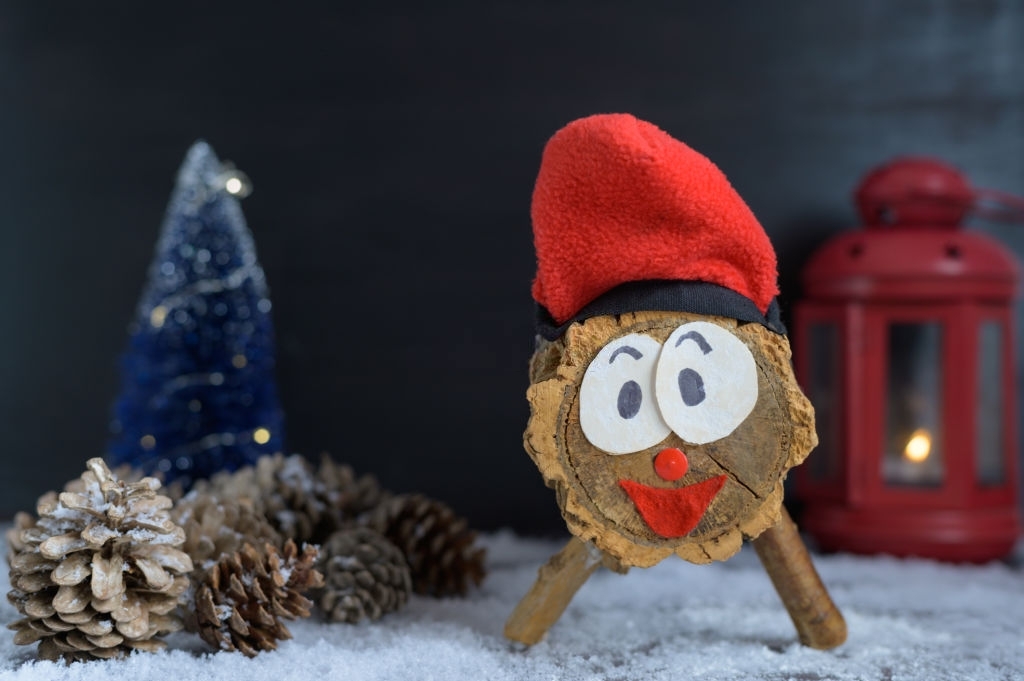
- El día de Sant Jordi. San Jordi es el patrón de Cataluña y la festividad que se celebra en su nombre tiene lugar cada 23 de abril. En este día tan especial, es costumbre que los hombres regalen rosas rojas a las mujeres y que estas regalen un libro a los hombres como muestra de amor.
- Fiesta Mayor del barrio de Gracia. Es una de las fiestas populares más conocidas celebrada en verano, a mediados del mes de agosto. En el pasado, la fiesta del barrio de Gracia era religiosa, aunque hoy se trata de un acontecimiento popular dotado de conciertos, exposiciones, actividades y actos culturales. Durante estos días, las calles presentan una decoración sorprendente, obra de sus vecinos, para llevarse el premio del concurso organizado por el barrio. Además, en la calle se ofrece comida y bebida a precios muy económicos.
- Fiestas de la Mercè. Se celebra en honor a la patrona de la ciudad cada 24 de septiembre. Durante el tiempo que dura esta fiesta tienen lugar múltiples actividades y actos por las calles: desfile de gigantes, espectáculo de fuego (El Correfoc), castillos humanos y el popular baile (La Sardana). Además, desde hace un tiempo se celebran muchos conciertos gratuitos que tienen lugar en las plazas y calles más características de Barcelona como la Plaza de Cataluña o la Plaza de San Jaime.
- La noche de Sant Joan. La vigilia del 23 de junio es la noche más corta del año y Cataluña celebra el solsticio de verano. Coincide con el día de Sant Joan, por lo que los barceloneses celebran ambas tradiciones: el día del Santo en línea con su significado religioso y, llegada la noche, el solsticio. Siguiendo con las tradiciones que enumerábamos antes, tras cenar en familia, se come un dulce popular conocido como la coca de Sant Joan, elaborado con piñones y fruta confitada que siempre va acompañado de cava.
- La virgen de Montserrat. El día de la patrona de Cataluña tiene lugar el 27 de abril. Se celebra en diferentes poblaciones catalanas, aunque principalmente en el Monasterio que existe dedicado a la virgen, en la montaña que tiene su mismo nombre que se encuentra a tan solo 60 kilómetros de Barcelona. Durante este día tienen lugar increíbles torres humanas y bailes populares como la Sardana. En Barcelona también tienen lugar celebraciones populares en los lugares más destacados de la ciudad como en la plaza de Sant Jaume o en la plaza de Catalunya.
¿Cómo es el día a día de la gente en Barcelona?
Barcelona es una ciudad muy acogedora y abierta, y está considerada como una de las más seguras y con mayor calidad de vida del mundo. Sus habitantes viven bastante bien al disfrutar de un clima mediterráneo espectacular y de multitud de zonas verdes.
Sus gentes tienen un estilo de vida único en todo el mundo. Su buen carácter y gesto amable hace que sus visitantes se sientan como en casa, de forma que puedan disfrutar cómodamente de todo lo que la ciudad ofrece.
Entre semana, los barceloneses llevan una vida normal en la que van al trabajo, recogen a sus hijos del colegio o hacen la compra en el supermercado o en los mejores mercados de Barcelona, como el mercado del Ninot, la Concepció o Santa Caterina. Sin embargo, siempre encuentran tiempo para disfrutar de los numerosos parques, espacios naturales y jardines repartidos por toda la ciudad. De hecho, el parque de Collserola es uno de los espacios naturales más espectaculares de todo el mundo con sus 8000 hectáreas.
Las personas suelen acudir a estas zonas verdes en su tiempo libre para leer un buen libro, hacer un pequeño pícnic, practicar deporte o simplemente pasear. Tanto igual sucede en el caso de las playas de Barcelona con sus más de 4 kilómetros de longitud, donde también acuden los barceloneses cada día, beneficiándose de su gran nivel de higiene, seguridad y completos equipamientos.
La ciudad cuenta con servicios médicos y sanitarios de calidad, tanto públicos como privados, y su red educativa es bastante buena. Los residentes de Barcelona no dejan de hacer sus quehaceres diarios, aunque siempre intentan disfrutar de la naturaleza en sus parques y montañas, que recorren a pie o en bicicleta.
Además, Barcelona posee una gran variedad de zonas naturales a elegir, desde jardines botánicos hasta parques urbanos, pasando por laberintos o incluso zonas mágicas como el parque Güell. Por otra parte, las aguas de sus playas son tranquilas y su buena temperatura permite bañarse hasta el otoño.
En cuanto a los fines de semana, la ciudad ofrece una gran oferta comercial, cultural y gastronómica que saben aprovechar bastante bien, por no hablar de PortAventura, uno de los parques temáticos más populares para pasarlo bien en familia.
NUESTROS APARTAMENTOS EN BARCELONA
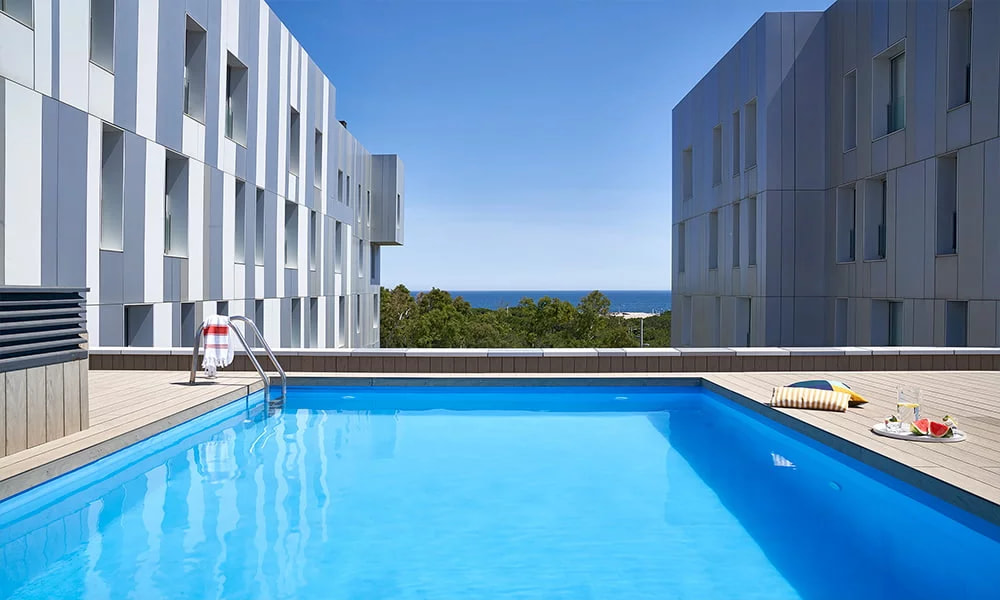
Holiday apartments by the beach in Barcelona
Since 2010, Lugaris Apartaments has been offering you the best holiday rental flats in Barcelona, perfect for a family holiday, with friends or as a couple, or for medium-term stays.
You can choose between apartments near the beach in Barcelona, at Lugaris Beach, with sea views, 2 swimming pools (one for adults and one for children) and capacity for up to 6 people, and the Lugaris Rambla flats, located on the Rambla de Poblenou and just 300 m from Bogatell beach, with a balcony or terrace of up to 22 m2 and ideal for couples or families and groups of up to 5 people. All our luxury flats in Barcelona are air-conditioned and equipped with all the appliances, furniture and bed linen you will need during your stay. They also have satellite TV and free high-speed Wi-Fi connection, as well as a safe and a 24-hour private security service.
What’s more, when you make your booking, you can reserve many other additional services: international press in your flat, parking space, transfer service to and from Barcelona airport, bicycle hire, supermarket shopping, museum, sports and show tickets, babysitting service and much more.
For more information, contact Lugaris Apartments without obligation.

